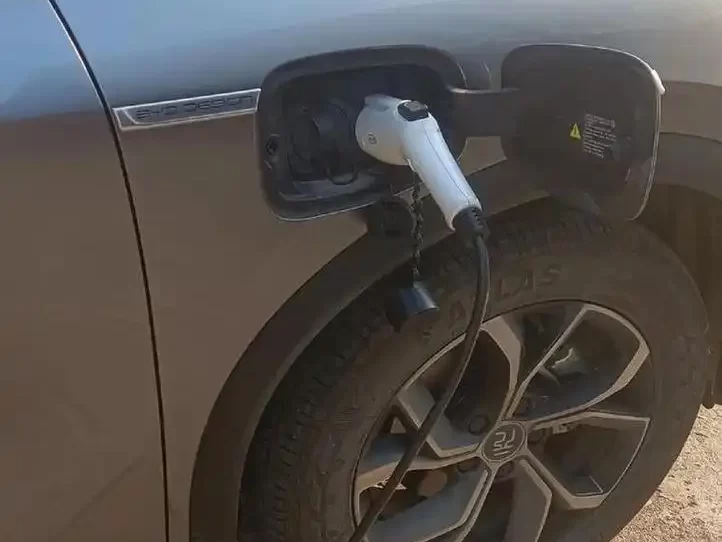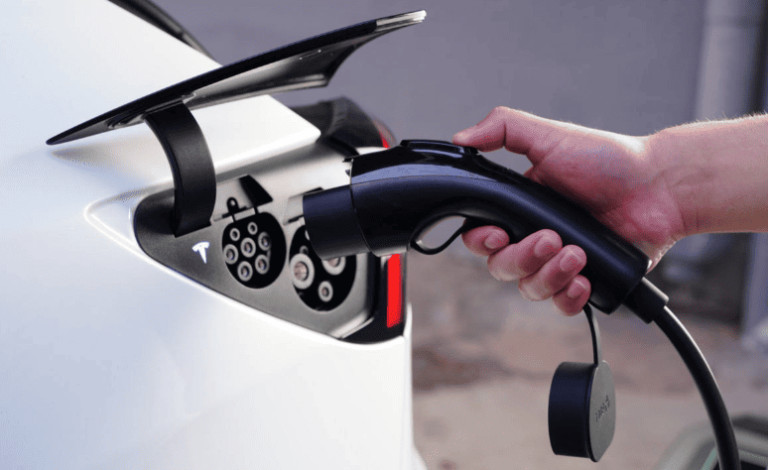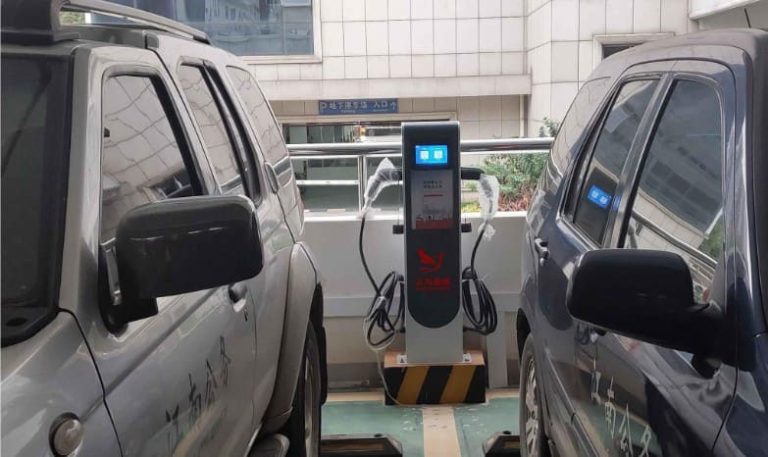Can I Charge My EV with a Normal Plug Socket?

Can I Charge My EV with a Normal Plug Socket? The practicality, safety, and speed of charging an electric vehicle using a regular household power outlet—also known as “Level 1 charging” or “trickle charging”—depend extensively on the size of your vehicle’s battery, the electrical capacity of the circuit, and the use of appropriate, certified equipment.
Understanding Level 1 Charging: How It Works and Its Limitations
A standard household outlet in North America provides 120 volts of alternating current (AC) and is typically rated for 15 amps. Due to electrical codes that mandate continuous loads (like charging an EV for hours) not exceed 80% of a circuit’s capacity, the maximum safe, sustained power draw from such an outlet is 12 amps. This translates to a charging power of approximately 1.4 kilowatts (kW) (120V x 12A = 1,440 Watts).
This process is incredibly slow. For context, a modern EV with a 75 kWh battery pack would take over 53 hours to charge from empty to full. In real-world terms, this means you can typically add only 3 to 5 miles of range per hour of charging. For a daily commute of 40 miles, you would need to plug in for 8 to 13 hours every night to break even. While this is sufficient for many drivers with short daily drives, it becomes completely impractical for those who use their vehicle more extensively or have an unexpected need for a full battery. The primary advantage of Level 1 charging is its universal availability; you can plug in anywhere there’s a standard outlet. However, its severe speed limitation is its biggest drawback.
The Critical Safety Considerations and Potential Hazards
Charging an EV is not like plugging in a laptop; it draws a high amount of power for a very long time. This places significant and sustained stress on your home’s electrical system, which introduces several critical safety risks that must be addressed.
The most significant danger is the risk of overheating and electrical fire. Older homes, in particular, may have outdated wiring, worn-out outlets, or circuits that are already supporting other loads. An outlet or wire that seems fine for occasionally powering a vacuum cleaner can overheat dangerously when subjected to a continuous 12-amp load for half a day. The plug and outlet themselves can become warm to the touch; if they become hot, it is an immediate sign of a problem, such as a poor connection or an overloaded circuit. Furthermore, the circuit must be dedicated—meaning nothing else (e.g., lights, refrigerators, garage door openers) should be running on the same circuit while the car is charging. Overloading a circuit is a primary cause of electrical fires. Finally, proper grounding is non-negotiable. The EVSE (the charging cable that comes with the car) will not allow charging to begin if it does not detect a proper ground wire. This is a vital safety feature to prevent electrocution.
The Essential Equipment: Using the Right Cable and Adapters
Every new electric vehicle comes with a portable charging cable, often called a “Universal Mobile Connector” or “Mobile Charger.” This device is crucial—it is not just a simple cable. It contains important safety components that mediate between your household outlet and your car’s high-voltage battery.
This device includes a GFCI (Ground Fault Circuit Interrupter) to protect against shock hazards and thermal sensors to monitor the plug for overheating. It is absolutely essential to use only the manufacturer-provided or a certified, third-party EVSE for Level 1 charging. Using a cheap, uncertified extension cord or adapter is extremely dangerous and dramatically increases the risk of fire. If you must use an extension cord, it must be a heavy-duty cord rated for at least 15 amps and as short as possible. However, best practice is to avoid extension cords entirely and plug the EVSE directly into the wall outlet.
Practical Scenarios: When Level 1 Charging Makes Sense
Despite its slow speed, Level 1 charging is a perfectly viable and useful solution in several common situations:
- The Low-Mileage Commuter: If your daily round-trip commute is less than 30-40 miles and you can plug in for 10-12 hours overnight, Level 1 charging will comfortably replenish your daily driving range. For many two-car households where the EV is used primarily for local trips, this is entirely sufficient.
- Emergency and Opportunistic Charging: Your portable Level 1 charger is perfect to keep in the frunk for emergencies. If you’re visiting family or friends for a day, plugging into a standard outlet can add a meaningful 30-50 miles of range, often enough to get you to the next DC fast charger or back home.
- Renters and Those Awiting Installations: For people who cannot permanently install a Level 2 charger (e.g., apartment renters), or for those who are waiting for an electrician to install a 240V outlet, Level 1 charging provides a temporary, zero-cost-infrastructure solution to still own and drive an EV.
When to Immediately Upgrade to Level 2 Charging
Level 1 charging quickly reveals its limitations, making an upgrade to a Level 2 charger a necessary quality-of-life improvement for most EV owners. You should strongly consider installing a 240V Level 2 charger if:
- Your Daily Driving Exceeds ~40 Miles: If you can’t fully recharge your daily usage overnight, you will slowly deplete your battery over the week, forcing you to use public chargers.
- You Want to Leverage Time-of-Use Rates: To maximize savings with off-peak electricity rates, you need to add a large amount of energy in a short window (e.g., 4-6 hours overnight), which only Level 2 charging can provide.
- You Want “Gas Station” Convenience: A Level 2 charger (adding 20-40 miles of range per hour) ensures your car is always fully charged and ready for any spontaneous long trip, replicating the “full tank” convenience of a gasoline car.
Conclusion and Final Recommendation
Charging your EV from a normal household outlet is a safe and effective method if done correctly and with managed expectations. It serves as an excellent entry point into EV ownership and a reliable emergency backup.
To do it safely:
- Inspect the Outlet: Ensure it is in good condition, not loose, and not discolored.
- Check the Circuit: Confirm it is a dedicated 15- or 20-amp circuit with no other heavy loads.
- Use Official Equipment: Only use the manufacturer’s provided mobile connector, plugged directly into the wall.
- Monitor Initially: For the first few charges, feel the plug and outlet for any excessive heat.
Level 1 charging is a stopgap measure or a backup choice for the great majority of owners. The secret to maximizing the ease, convenience, and financial savings of owning an electric vehicle is to invest in a professionally installed Level 2 charging station. It turns your EV from a novelty into a primary vehicle that is incredibly useful and seamlessly integrated.





































































































































